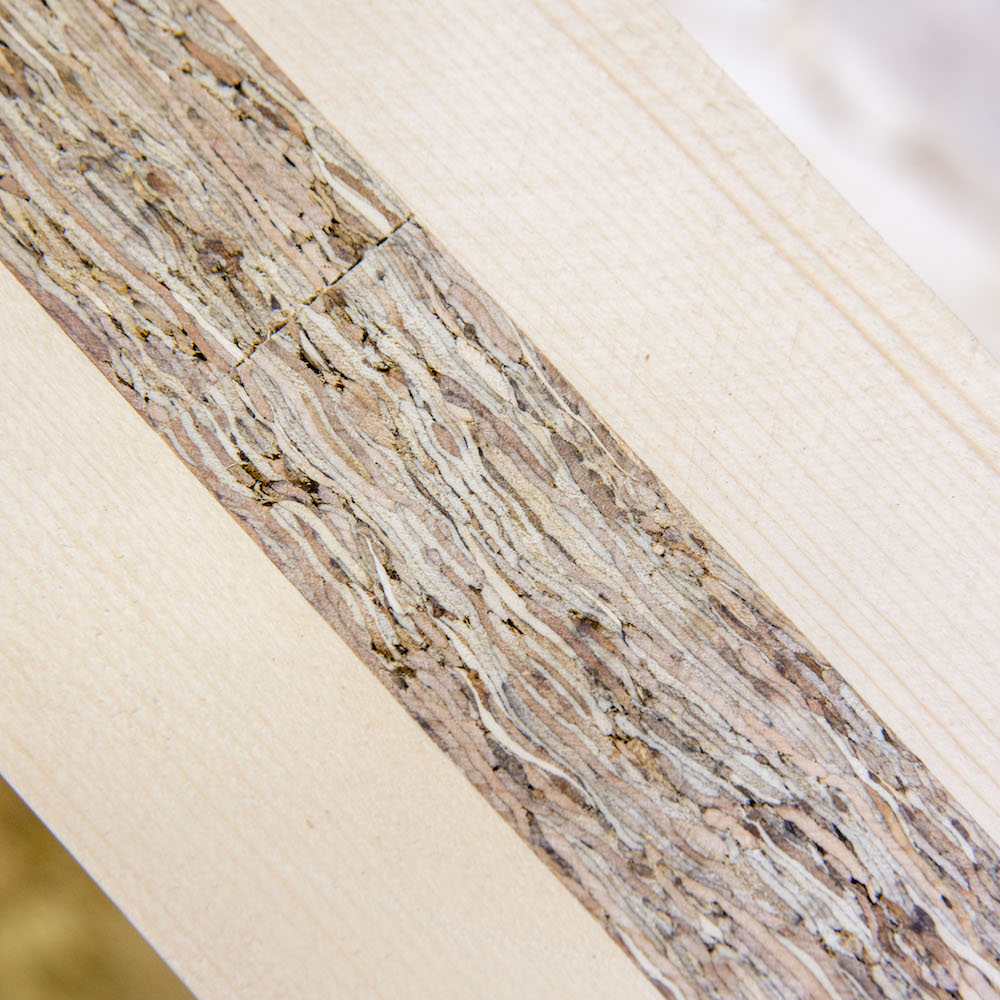
Dagher cited in Press Herald article, a bright future for Maine’s lumber industry
Dr. Habib Dagher was cited in a recent Portland Press Herald Article called, “Maine’s wood innovators gathering to explore next-gen products.”
Read the full article, here: http://www.pressherald.com/2016/10/20/conference-explore-next-generation-maine-wood-products/
Habib Dagher, director of the Advanced Structures and Composites Center at the University of Maine in Orono, oversees one of the world’s largest laboratories experimenting with nanocellulose composites, engineered lumber and other innovative products. The center operates like a business, with a staff of 180 people and about 500 clients all over the world. More than 95 percent of the center’s funding comes from outside of Maine, from organizations that support the development of high-tech products made from wood.
“Wood is Maine’s largest natural resource right now,” Dagher said. “We need to come up with next-generation ways to use it.”
Products being developed or tested at the center include panels of “cross-laminated timber,” a construction material that is as strong as concrete and steel but lighter and easier to work with. Dagher said it can be used to construct buildings of 10 stories or higher with frames made entirely of wood.
The center also is working with a variety of composite materials that contain cellulose nanofibers from wood. Dagher said the nanofibers have an unusual ability to add strength to whatever material they are mixed with, including plastics, cement and concrete. The center is using composites to make sheet piling for sea walls that can last 100 years underwater without corroding like steel.
Nanocellulose-based plastics can be used to build any number of molded or even 3-D printed structures that combine the best properties of both plastic and lumber, Dagher said.
“In 20 or maybe 30 years we may be talking about nanomills in Maine,” he said.
